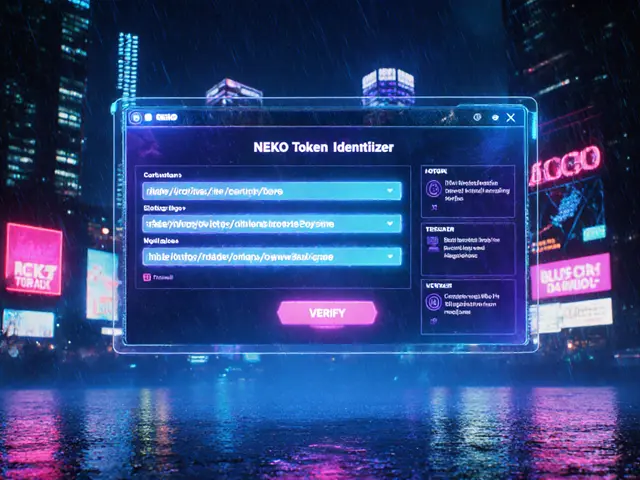
Consensus Mechanisms – How Blockchains Agree on Transactions
When working with consensus mechanisms, the set of rules that let a distributed network validate transactions and reach agreement without a central authority. Also known as consensus algorithms, they form the backbone of any blockchain system. Proof of Work, a mining‑based method where participants solve cryptographic puzzles to add blocks is the original approach used by Bitcoin. Proof of Stake, a model that selects validators based on the amount of tokens they lock up emerged to cut energy use and speed up finality. Newer structures like DAG consensus, directed‑acyclic‑graph designs that let multiple transactions be processed in parallel aim for feeless, high‑throughput networks, while zk‑rollup, a layer‑2 solution that bundles many transfers into a single proof offers scalability without sacrificing security. In short, consensus mechanisms encompass these sub‑systems, require specific incentives, and influence everything from transaction speed to network decentralization.
Why Different Consensus Types Matter for Real‑World Use
Each consensus type brings a trade‑off. Proof of Work secures the network through computational work, making attacks expensive but consuming lots of electricity. Proof of Stake reduces the cost barrier and enables faster block times, yet it relies on token distribution that can affect decentralization. DAG consensus removes the linear chain, allowing near‑instant confirmation for micro‑transactions—perfect for IoT or gaming scenarios. zk‑rollup keeps most data off‑chain while providing cryptographic proof that the bundled transactions are valid, which is why many DeFi projects adopt it for cheap, high‑volume trades. These relationships create a clear pattern: the choice of consensus directly shapes a blockchain’s performance, security model, and environmental impact. Understanding those links helps you decide which platform fits your needs, whether you’re building a payment system, a NFT marketplace, or a decentralized finance protocol.
Beyond the core algorithms, supporting tools matter too. Mempool priority, for example, determines which transactions get mined first under a given consensus, while halving events (like Bitcoin’s or Litecoin’s) affect miner incentives in Proof of Work systems. Governance layers often sit on top of Proof of Stake, letting token holders vote on upgrades that can change the consensus rules themselves. This layered approach shows how consensus mechanisms interact with tokenomics, governance, and scalability solutions—an ecosystem where every piece influences the others.
Below you’ll find a curated collection of articles that dive deeper into these topics. From guides on zk‑rollup layer‑2s and DAG networks to analyses of mempool dynamics and halving impacts, the posts break down complex ideas into practical steps you can apply right away. Use the resources to compare consensus models, assess their strengths for your project, and stay ahead of the latest developments shaping the blockchain space.




